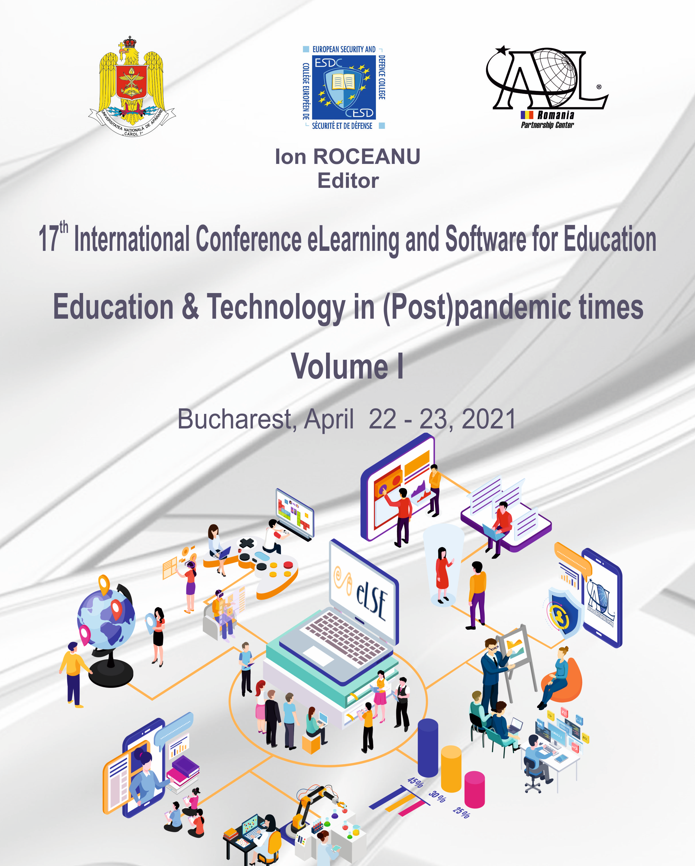BLENDED LEARNING: CASE STUDY OF TEACHING ESL IN NON-LINGUISTIC UNIVERSITIES
BLENDED LEARNING: CASE STUDY OF TEACHING ESL IN NON-LINGUISTIC UNIVERSITIES
Author(s): Natalia Sivtseva, Natalia Berezhnykh, Tatiana Skopintseva, Natalia NovolodskayaSubject(s): Foreign languages learning, Higher Education , Educational Psychology, Distance learning / e-learning, Pedagogy
Published by: Carol I National Defence University Publishing House
Keywords: blended learning; efficiency of educational process; educational environment; electronic resources; monitoring;
Summary/Abstract: This article is an attempt to study both the factors affecting the efficiency of teaching the English language as a second one (ESL) in non-linguistic universities and the peculiarities of monitoring students’ performance in a blended learning environment which appeared due to the pandemic of 2020-2021. Blended learning is considered to be a type of learning that combines traditional teacher-led learning with interactive learning, however, it does not mean complete replacement of classroom learning with pure e-learning. In the context of blended learning, its increased efficiency is one of the main issues of teaching and learning activity, especially when it comes to teaching a foreign language in a non-linguistic university. In this case the efficiency of teaching depends on the external and internal factors. External (objective) factors refer to the factors that influence the educational process organization and professional qualities of the teacher. Internal (subjective) factors include factors related to the learning activity of the student and their personal qualities. In the course of the study, the authors conducted a survey of 131 students from three nonlinguistic universities in the city of Irkutsk; in the given research they analysed one external factor – creation of an information and educational environment and a number of internal factors (motivation to learn a foreign language; students’ self-organization; satisfaction with educational activities). To create a blended learning environment in all three universities, the Moodle platform was used, on which various courses were developed, all of them include advisory, information, reference and test modules. To assess the effectiveness of the teaching and learning process, there is a specific control system, the main task of which, when teaching foreign languages at a university, is to establish a correspondence between the real level of students' language, speech and sociocultural competences and the requirements of the syllabus. In this article, the authors consider two types of control used in the process of blended learning: current and midpoint and the possibility of using two assessment systems (five-mark grading system and passed / not passed system).
Journal: Conference proceedings of »eLearning and Software for Education« (eLSE)
- Issue Year: 17/2021
- Issue No: 01
- Page Range: 476-484
- Page Count: 9
- Language: English

